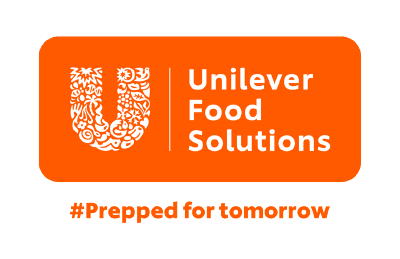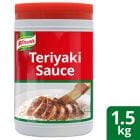What it costs to run a restaurant
Financial and location decisions to consider
Restaurants, like any other business, come with their own unique set of costs. These costs are dictated by your restaurant concept, business model, target customers, store size, and location.
There is no doubt that great food will define your success, but running a restaurant takes more than just perfecting recipes. It requires capital and proper management in order to survive changing and challenging times.
So before you get excited about opening your own food business, make sure to have an idea of the different costs involved and how you can make your budget work to meet them.
Brick-and-mortar vs. Online
COVID-19 has completely changed the business playing field. Because of the safety measures in place, ordering online has become a convenient way for many to shop while still maintaining proper social distancing. Because of this trend, online businesses have skyrocketed to unprecedented heights.
Businesses with physical stores have also started to build and create a presence online. With the information that is instantly available, customers have developed a habit of searching for businesses on the internet before buying, whether it's looking at reviews and photos or searching up the location.
When it comes to social media, Chef Paulo says, "Given the current situation, business owners should try to dabble in both physical stores and online platforms in order to stay competitive. If you can't invest in a website, opening a social media account like Facebook or Instagram is a great alternative. Having a solid social media presence is an inexpensive way to get into online sales and build long-term relationships with your customers. It's the best platform where you can interact with your customers!"
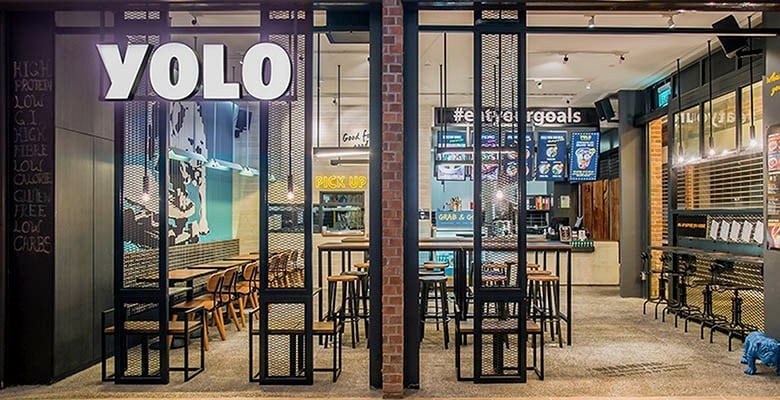
Location-dependent costs
"Location, location, location." Every business owner knows this age-old business adage by heart. Location is one of the most important factors that will set apart your business from other failed ventures. Your customers' perception of your business is almost always defined by its location. It gives them a gist of what type of food and service you offer, how much it costs, and what they feel the quality is like.
Here are three location-dependent costs that you should consider before opening up your own food business:
Rent
Rent makes up the bulk of your operating expenses. Opening a restaurant in an upscale location comes with a heftier price tag compared to renting space near universities, sidewalks and malls.
Transport
The cost of sourcing ingredients increases, the farther your business is located from your supplier as delivery and transport fees might increase with additional mileage.
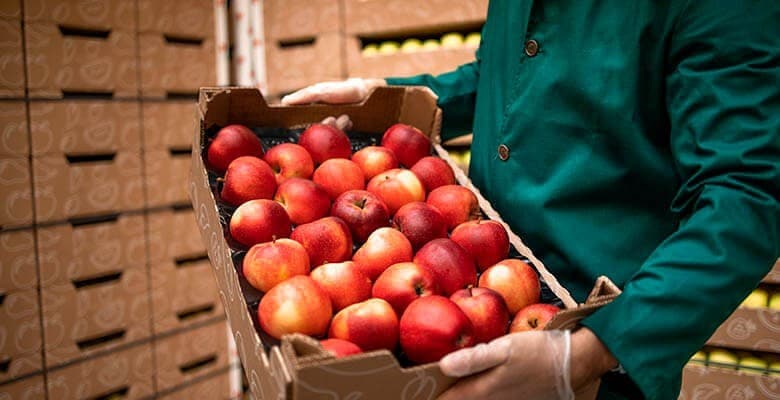
Equipment
If you're opening a small stall or kiosk, the smarter, space-saving equipment is ideal. This allows you to prep the food in a reasonable amount of time without losing working space. But if you are occupying a whole store, having a commercial kitchen with machines that can handle large volume production is beneficial.
Customers
The type of customer you attract will also heavily depend on where you are located. Opening a restaurant near schools will give you customers that are mostly students. Knowing your customers and their pattern of spending will allow you to customize dishes and products according to their budget.
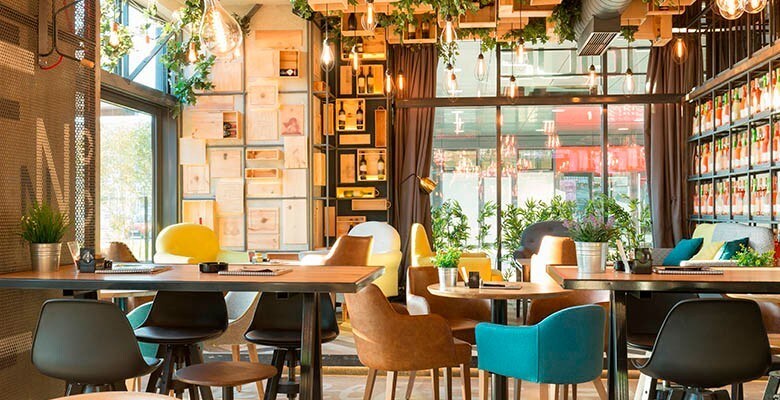
Controlling costs
While costs are unavoidable, failing to control and manage them can result in your restaurant losing profits before it even starts to earn them. Identifying the areas where you can cut costs effectively will help your business stay afloat and perform well in different economic situations.
Planning, monitoring, and evaluating your expenses will help ensure that your business remains profitable without having to compromise on quality.
Here are some areas you could work on:
Hiring the right people
Because the success of your business is dependent on your employees, making sure you hire the best ones for the job is essential. Focus on the quality of your staff and not on the quantity. Cross-train them to give them the skills and knowledge needed to carry out multiple types of tasks.

Building a good relationship with our supplier
Make sure to always pay your suppliers on time. Putting off payments will only incur interest and increase costs in the long run. Having a good relationship with your supplier may also have more leverage when it comes to discounts and other negotiations.
Pricing your menu right
Know what ingredients go into your recipe and calculate the yield. Make sure that the price you charge your customers is greater than the cost it took for you to make a single serving of a dish.
Reduce waste
Keep a close eye on your inventory and make sure to use up all the ingredients before they expire. Remind your staff to strictly follow the recipes to avoid food wastage.
Monitoring other expenses
Electricity and marketing expenses can also increase your costs. Make sure you invest in energy-efficient appliances to reduce electricity bills. Consider digital and social media marketing to engage with your customers at a budget-friendly cost.
Opening a restaurant is never easy, and may seem like an expensive leap especially for first-time entrepreneurs. The pandemic has made it especially difficult for the food industry to survive. However, with the vaccination roll-out, hope is starting to form on the horizon and businesses will soon be opening their doors more permanently. People are still longing for the feel and taste of dining at a proper restaurant—an experience that simply cannot be recreated at home.
We hope that these insights help you effectively manage your business costs and bolster your overall profit.
Related Articles
Get my quality ingredients
Product added to list
Unable to add product to list
Product removed from list
Unable to remove product from list
What you'll get:
- Access to free Chef trainings
- The best recipes and tips from Chefs around the world
- The latest culinary trends


